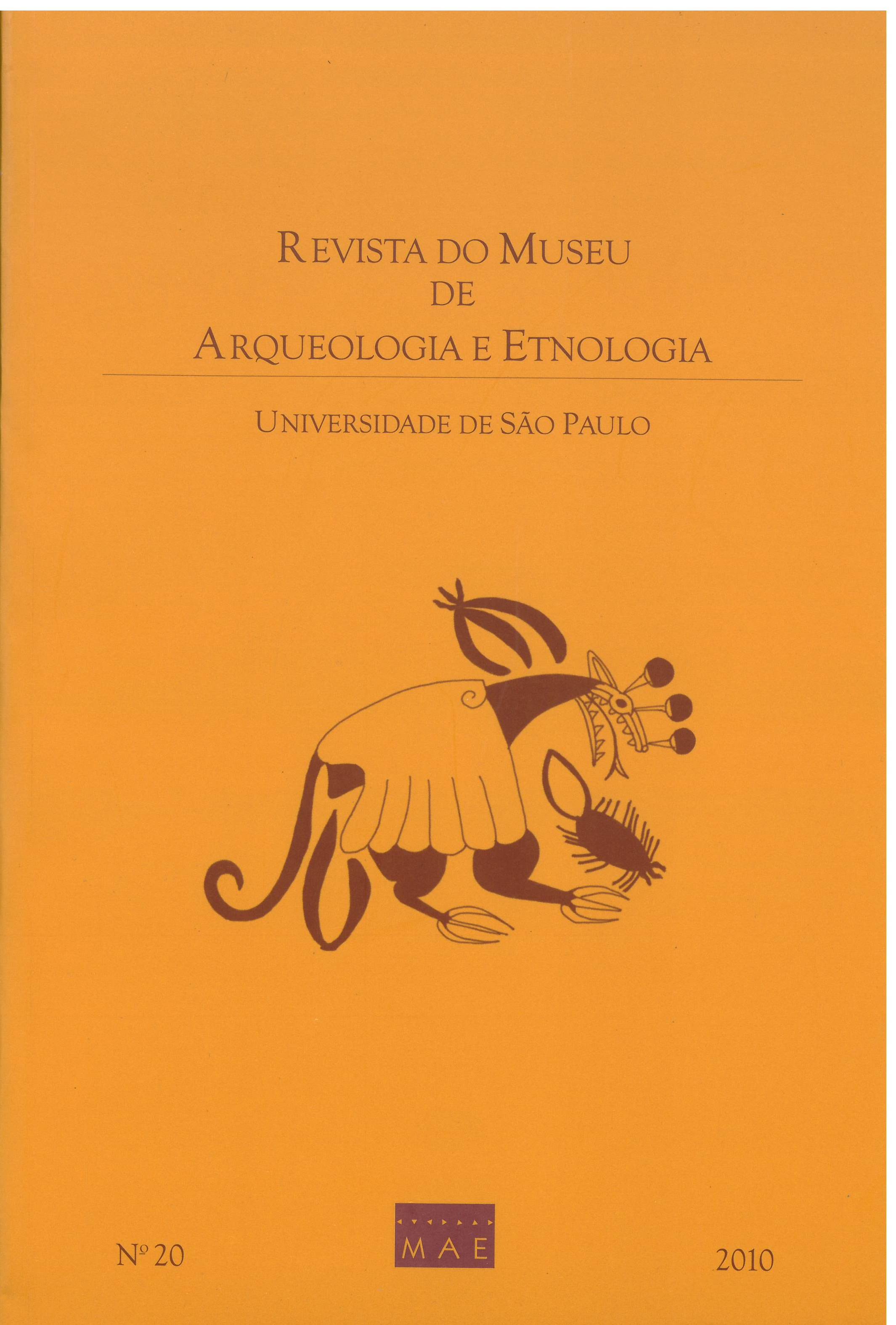Vertebral lesions and different lifestyles in two sambaqui groups from Rio de Janeiro state
DOI:
https://doi.org/10.11606/issn.2448-1750.revmae.2010.89914Keywords:
Paleoepidemiology, Spondylolysis, Schmrol´s nodes, Shellmound, Rio de JaneiroAbstract
Prehistoric coastal skeletal serie from Rio de Janeiro state were examined for the presence of spondylolysis and Schmorl´s nodes, caused by repetitive and vigorous movements of lumbar hipertextention and rotation, and by compressive loads acting on the intervertebral discs. Prevalence of 71,4% and 50% for Ilhote do Leste series, and 0% and 17% to Zé Espinho series, respectively, suggest that the first group experienced a strenuous lifestyle, possibly associated with the use of boats in open sea. Low prevalence observed in Zé Espinho series demonstrate a lower exposure to injury risks, possibly due to an intensive exploitation of a mangrove environment and a baby with calm waters. Archaeological, environmental and bioarchaeological data support hi interpretation, which emphasizes the need to understand the lifestyle of sambaqui groups form their singularities.Downloads
Download data is not yet available.
Downloads
Published
2010-12-09
Issue
Section
Articles
License
Copyright (c) 2010 Andrea Lessa, Izaura S. Coelho

This work is licensed under a Creative Commons Attribution-NonCommercial-NoDerivatives 4.0 International License.
How to Cite
LESSA, Andrea; COELHO, Izaura S. Vertebral lesions and different lifestyles in two sambaqui groups from Rio de Janeiro state. Revista do Museu de Arqueologia e Etnologia, São Paulo, Brasil, n. 20, p. 77–89, 2010. DOI: 10.11606/issn.2448-1750.revmae.2010.89914. Disponível em: https://www.journals.usp.br/revmae/article/view/89914.. Acesso em: 23 may. 2024.













